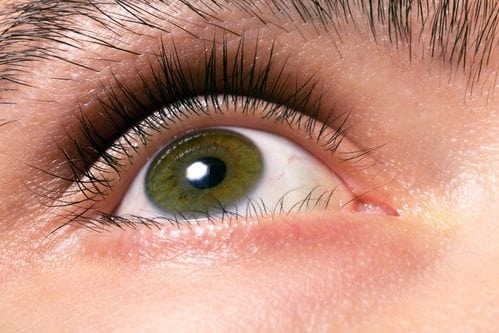
Every of the common dog eye colors has gradual nuances that are somewhat darker or paler. Some unknown modifiers determine how much pigment is produced. But we know that eye color is mostly associated with eumelanin pigment color and so often correlates with a dog’s coat color. We don’t know too much about dog eye color genetics yet. And some people get creative and come up with their own terms or defintions. So naturally, there is some overlap between different colors like light brown or dark amber. But there is no precise definition for different colors. To describe different eye colors we use purely descriptive terms like brown or blue. In most dog breeds dark eyes are preferred and selected for and lighter eyes are tolerated if not avoidable. In many cases, their eyes instead look whitish or icy blue.Ī specific eye color is a characteristic trait of many dog breeds and is often part of the breed standard. Since blue light is scattered back outside into the open air more easily than other wavelengths this gives the impression of the eye being blue.Ī partial or complete lack of pigment creates eye colors like blue, pale green or yellowish-green hazel eyes. Even dogs with absolutely no pigment in their iris (yes, even albinos) rarely have a completely translucent membrane. When there is no pigment to absorb some of the light entering the iris all the light gets randomly and diffusely scattered by different fibers and particles. Structural color is caused by light interacting with eye tissue instead of pigment molecules. So if the color of the iris is not caused by eumelanin pigment color but instead due to a lack of pigmentation we call this a structural color. You see, there is no green or blue pigment type in dogs since eumelanin can only be (diluted) black or brown. And of course, there are many possible combinations in between. This creates many different nuances and a huge spectrum of dog eye colors.ĭogs with black pigment and a high pigment density have very dark eyes while dogs with lighter pigment (brown, blue, lilac) and a very low pigment density will have very pale eye colors. The more eumelanin there is and the denser it is packed the darker the eye will look. Yellow eyes can have the color of honey or amber or be very pale with a greenish hue. Brown eyes can be light brown, orangey-brown, dark brown or almost black. These are detailed in their release news posts.Ĭan be found on NBWs or applied with a Eye Changer bought from The Grove.But not only the color but also the color intensity varies from dog to dog. Only some eye colors, such as Clay, Dark Hazel, Holly, and Novus, as well as all the event applicator eyes, have confirmed fail colors. Note that not all of the fail colours listed here are confirmed, and some may be missing. The table below lists every eye colour, their possible fails, and how they can be obtained. No other colours can currently produce Hetero eyes. These eyes can then pass themselves down in a breeding the same as any other colour can. Likewise, there is a small chance that a breeding of Blue x Brown eyes will produce Hetero Blue & Brown or Hetero Brown & Blue. There is a small chance that a breeding of Black x White eyes will produce Hetero Black & White or Hetero White & Black. For example, when breeding Ice eyes and Indigo eyes together, there is a 25% chance that the pup will get Ice eyes, a 25% chance the pup will get Indigo eyes, and a 50% chance that the pup will get a fail colour of Ice or Indigo (which could be White, Blue, Grey, or Red).

If it's determined that the pup will inherit one of the parent's eye colours, there is a 50/50 chance for which eye color it will be. While pass rates are not directly confirmed, according to estimated rates from scrying, there is an even 50/50 chance for a puppy to either inherit one of its parents' eye colours or a fail colour.

When bred, two wolves will either directly pass down their eye colour, or produce one of several potential 'fail' colours. The genetics of eyes, leathers (skin and noses), and claws are much simpler than the genetics of markings and bases, though they follow a few unique mechanics. Eyes, leathers (skin and noses), and claws are minor characteristics, both breedable and customizable, that change your wolf's appearance.


 0 kommentar(er)
0 kommentar(er)
